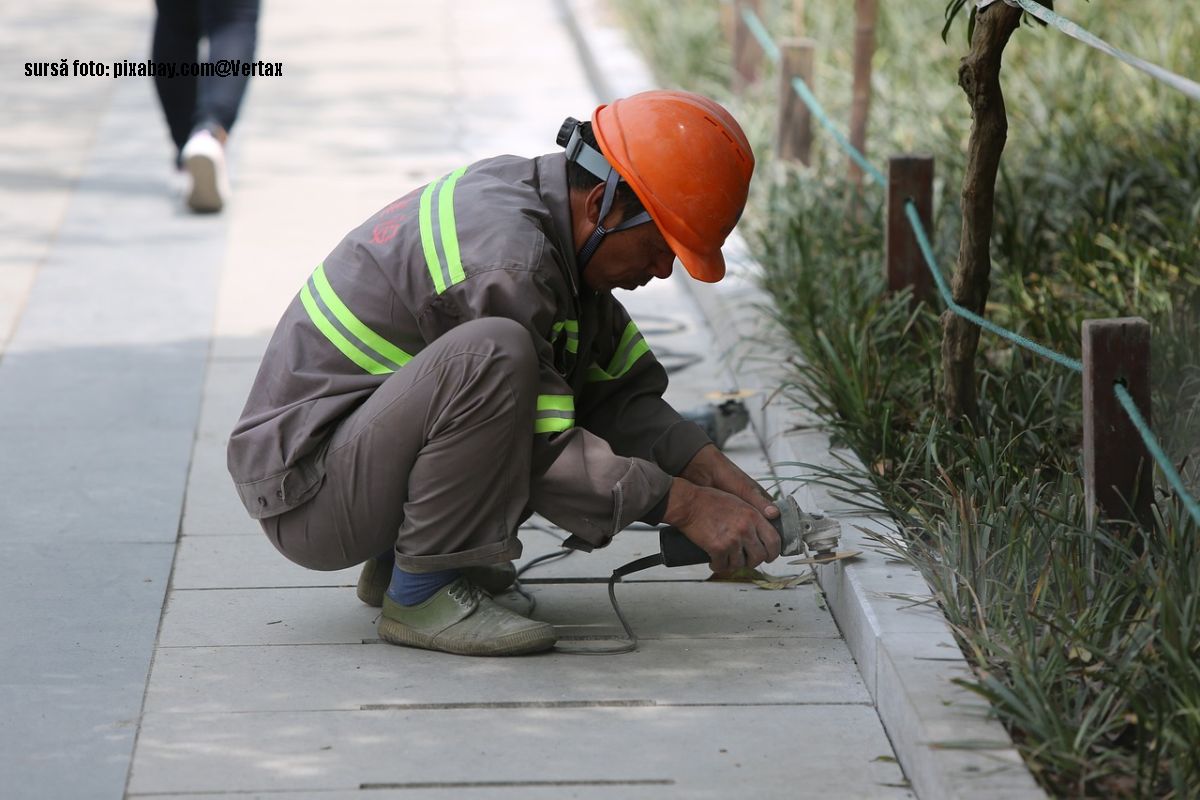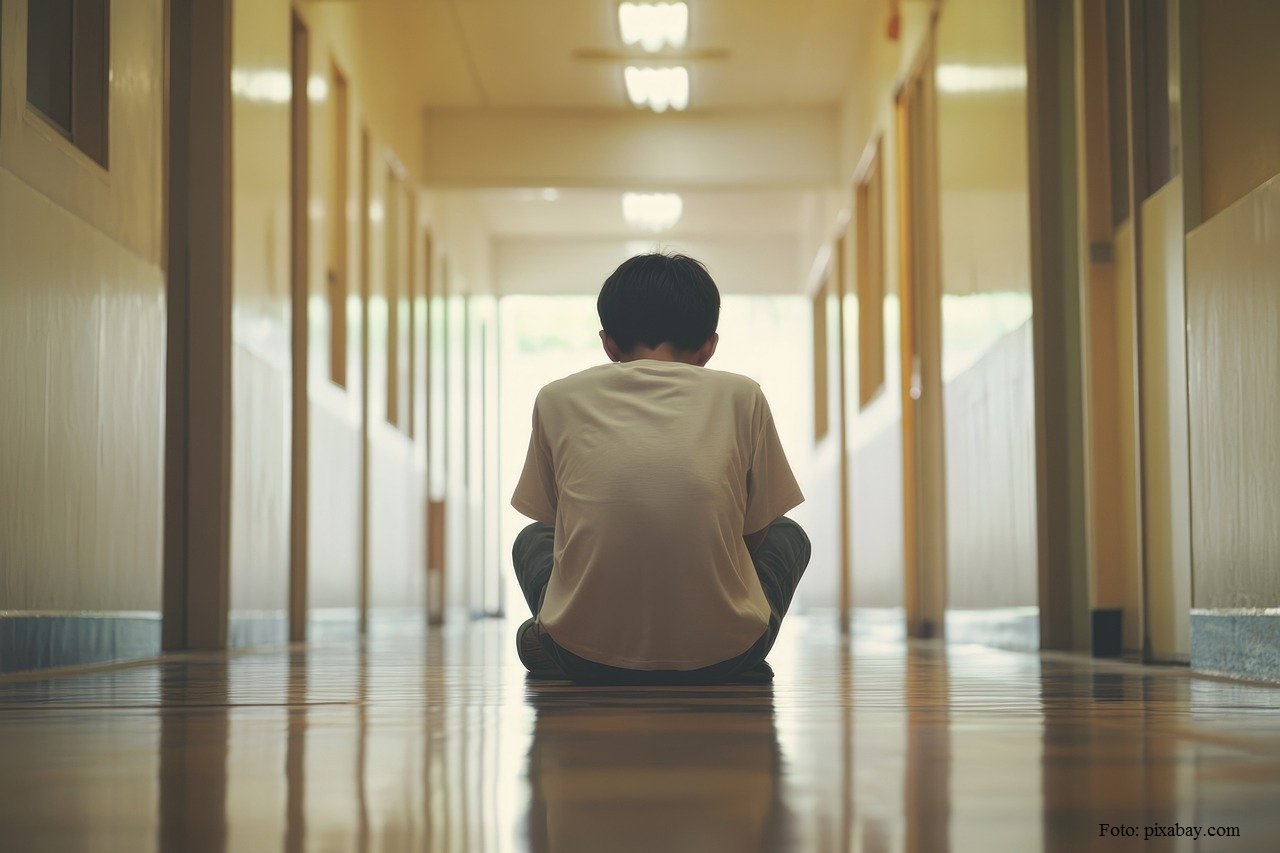The pandemic and its aftermath in Romania
Birth and mortality rates at the time of the pandemic

Christine Leșcu, 27.07.2022, 01:40
2022 is, among
other things, the year of the housing census of the population in Romania. Initially,
the housing census was scheduled for 2021, but it was postponed because of the
pandemic. We are still waiting for the final data, to be compared with the data
collected in the previous housing census carried in 2011. Meanwhile, we have
had a look at the current statistics which sadly point to a worrying condition
of the country’s birth and mortality rates.
According to statistics, the number
of the newly-born has stayed relatively constant during the pandemic. It was
small, anyway. However, the mortality rate has soared. In 2021, irrespective of
the death cause, the total number of the deceased Romanians went over 334
thousand, that is 27% more than for the timeframe previous to the pandemic. All
told, the mortality rate’s exceeding figure during the two years of the
pandemic went over 100 thousand people. Concurrently, in Romania, in 2020, the reported
number of the newborn accounted for 40 thousand less infants than in 2019.
Dr Vasile
Ghetau is a sociologist and demography expert. He told us that in that period
of time the fewest children in the last hundred years were born. Which means
that the natural growth rate, made of the difference between the number of the
newborn and the number of the deceased, is still negative and only speeds up
the natural decline.
Dr Vasile Ghetau: The
natural decline of the population before the pandemic, in 2019, accounted for
71 thousand inhabitants. In 2020, the natural decline went up to 120,000, while
the data for the first 11 months of 2021 point to a significant increase in the
number of deaths, with the natural decline reaching almost 150,000 inhabitants.
If we also take the month of December into account, last year we’re highly likely
to have witnessed an appalling natural decline, of 160-170 thousand people in
one year alone. It is an appalling figure as compared to the country’s
population, accounting for 19 million people.
Here
is Dr Vasile Ghetau once again, this time speaking about the causes of the high
mortality rate across the country.
Dr Vasile Ghetau: The increase in the number of deaths in 2020
and mostly in 2021 has the COVID-19 infection as its cause only in a moderate
proportion. The deaths have been on the rise, specifically, because of the circulatory
system conditions and of the respiratory system conditions other than COVID. This
increase did have something to do with the pandemic, nonetheless. However,
research studies on that are still in progress. For instance, it has been
unanimously acknowledged that in the case of the circulatory system diseases, social
isolation under quarantine circumstances led up to a reported growing number of
deaths among the elderly, against the backdrop of the pandemic. As for the
respiratory system conditions other than COVID, if we examine some of the data,
we can see the mortality rate has grown because of pneumonia. Perhaps the general
context of the pandemic has something to do with the characteristics of that
virus, yet the final data, when they are provided, will offer a very accurate
image of the mortality as a whole, in keeping with the specific causes of deaths.
Then we can accurately measure where the COVID-generated mortality stands,
against the backdrop of mortality as a whole.
Until
then,
we can measure the immediate aftermath of mortality in recent years.
Dr Vasile
Ghetau: Mortality
rate in October and November was on the rise, and its outcome was a decline in the
level of life expectancy at birth, which was something predictable. So, for a
whole year, life expectancy at birth for the entire population, male and
female, in Romania, stands at almost 76 years. Data for the first 11 months of
the last year point to a life expectancy rate which is three years shorter, therefore
standing at 73 years. And, if to all that we add the month of December, life expectancy
is highly likely to stand at 72 years. A four-year decline in life expectancy,
that is whopping. Of course, other countries are also very likely to experience
a rather high rate of pandemic-generated mortality that may lead to a setback
in life expectancy. Yet we’re speaking about much smaller values than those
reported for Romania in 2020 and those that have been quite clearly outlined
for 2021.
Here
is sociologist Dr Vasile Ghetau once again, this time proving that these
figures only make an even clearer representation of a phenomenon that has
been ongoing for quite some time now: the new generations that have been born
in Romania no longer provide the replacement level for the population as a
whole.
Dr Vasile Ghetau: In order for the population to grow or at least stay the same, for a simple
replacement, one single woman will have to give birth to two children, in her
life. It only takes two children for a primary population replacement process to occur.
If, on average, more than two children are born, the population is likely to
grow, so we’re going to have more than the numerical replacement level. However,
in Romania, the last generation to have provided for itself the genetic
replacement is the one born in 1961. All the subsequent generations had a final
descendance rate lower than two children for one single woman. The more such
generations are reported to occur, the more obvious is the fact that, in time, the
population will be on the wane because it is unable to provide its own
replacement.
Further data and, implicitly, a more detailed picture of the demographic
evolution and involution, we are going to have all that as soon as the housing census
is completed. The online self-census of individuals begins on March 14, 2022.
The field housing census carried through a face-to-face interview kicks off on May 16,
2022.
(EN)






























